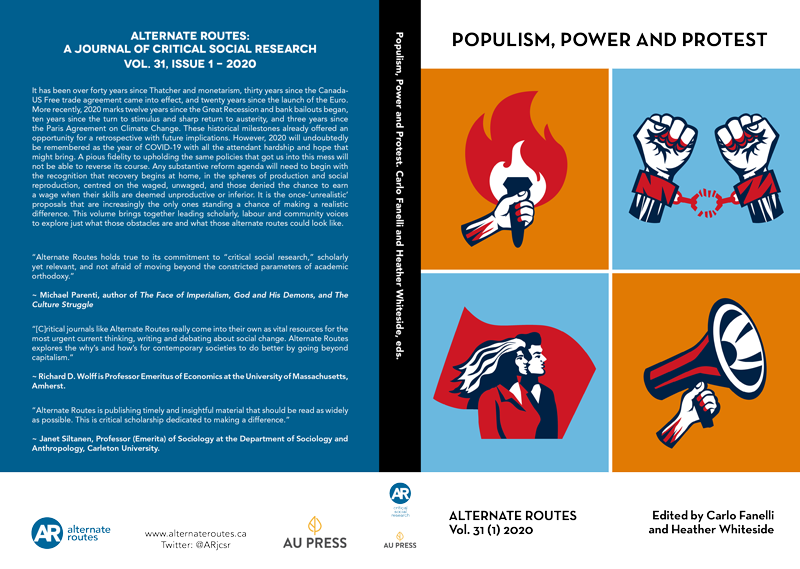Exploring the Trajectory of Housing Assistance Policies in Canada
Abstract
This article explores the degree to which changes in housing assistance policies (HAPs) reflect the structural shift from the welfare state era towards neoliberalism and financialization, as opposed to efforts concerning the right to shelter that have emerged in Canada between the mid-twentieth century and the housing surge of the 1990s and early-to-mid 2000s. My central argument is that the HAPs instituted by the Canadian state during the welfare state era were shown to garner limited legitimacy among policy-makers and served as an effective scapegoat for a state that came to shift the goals of HAPs towards purposes more explicitly associated with neoliberalism and financialization. To support this argument, I make the following claims that are informed by my empirical findings. Firstly, I show how Canada’s transition from the pre-1980s welfare state era into the contemporary epoch of neoliberalism and financialization saw the state largely withdraw from providing HAPs in the form of public assistance. The twenty first century brought drastic cutbacks to social housing support through public resources. At the same time, I explain that HAP policies were diverted to ramp up the demand for homeownership and access to mortgages which primarily benefited lenders
Downloads
Published
How to Cite
Issue
Section
License
Articles are published in Alternate Routes: A Journal of Critical Social Research under the Creative Commons "Attribution/Non-Commercial/No Derivative Works" Canada licence.
The copyright for the articles published in this journal is retained by the authors, with first publication rights granted to the journal. By virtue of their appearance in this open access journal, articles may be used, with proper attribution, in educational and other non-commercial, not-for-profit settings. The submission of a manuscript to Alternate Routes will be taken to mean that the author understands and agrees to the following:
- the manuscript represents original work not previously published;
- the manuscript is not being considered elsewhere for publication in the same language (publication elsewhere in an alternate language does not preclude acceptance of submission to Alternate Routes);
- appropriate written copyright permissions have been secured for republication of any copyrighted material contained in the manuscript;
- copyright for this article is retained by the author, with first publication rights granted to Alternate Routes;
- by virtue of its appearance in this open access journal, it is understood that the article is freely available for use, with proper attribution, for educational and other non-commercial purposes;
- reuse of the article for commercial purposes by anyone other than the author requires permission of the author;
- the author agrees to cite Alternate Routes as a source whenever h/she later republishes or reuses the article in other platforms.


